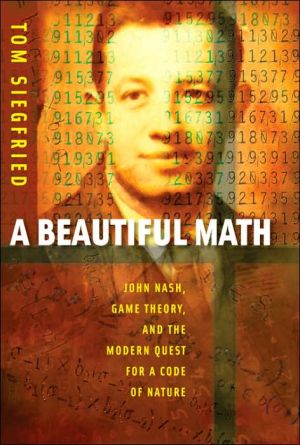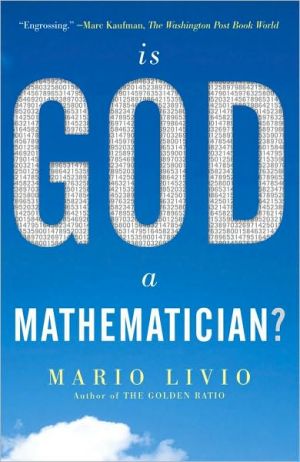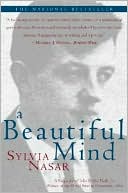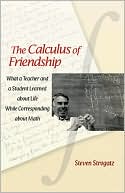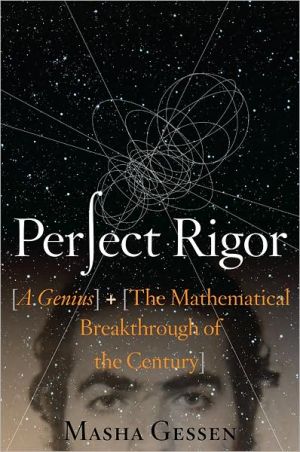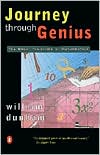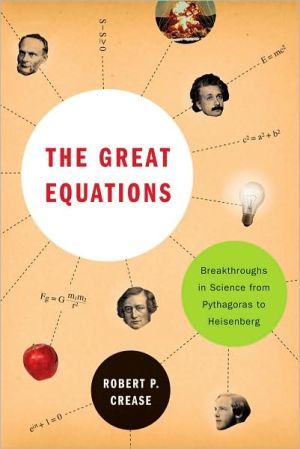A Beautiful Math: John Nash, Game Theory, and the Modern Quest for a Code of Nature
Millions have seen the movie and thousands have read the book but few have fully appreciated the mathematics developed by John Nash’s beautiful mind. Today Nash’s beautiful math has become a universal language for research in the social sciences and has infiltrated the realms of evolutionary biology, neuroscience, and even quantum physics. John Nash won the 1994 Nobel Prize in economics for pioneering research published in the 1950s on a new branch of mathematics known as game theory. At the...
Search in google:
Millions have seen the movie and thousands have read the book but few have fully appreciated the mathematics developed by John Nash's beautiful mind. Today Nash's beautiful math has become a universal language for research in the social sciences and has infiltrated the realms of evolutionary biology, neuroscience, and even quantum physics. John Nash won the 1994 Nobel Prize in economics for pioneering research published in the 1950s on a new branch of mathematics known as game theory. At the time of Nash's early work, game theory was briefly popular among some mathematicians and Cold War analysts. But it remained obscure until the 1970s when evolutionary biologists began applying it to their work. In the 1980s economists began to embrace game theory. Since then it has found an ever expanding repertoire of applications among a wide range of scientific disciplines. Today neuroscientists peer into game players& brains, anthropologists play games with people from primitive cultures, biologists use games to explain the evolution of human language, and mathematicians exploit games to better understand social networks. A common thread connecting much of this research is its relevance to the ancient quest for a science of human social behavior, or &a Code of Nature,& in the spirit of the fictional science of psychohistory described in the famous Foundation novels by the late Isaac Asimov. In A Beautiful Math, acclaimed science writer Tom Siegfried describes how game theory links the life sciences, social sciences, and physical sciences in a way that may bring Asimov's dream closer to reality. Publishers Weekly The title capitalizes on the popularity of the Oscar-winning movie about Nobel Prize-winning mathematician John Nash. But this is a serious and adroit look at a branch of mathematics, influenced by Nash's work, that is steadily sending tendrils into nearly every area of science. It may even, says science journalist Siegfried, result in a mathematical description of nature of the sort imagined and called "psychohistory" by Isaac Asimov in his Foundation trilogy. Siegfried is talking about game theory, which was originally conceived as a model of economics predicting what rational people would do when competing for monetary gain. But with the help of the "Nash equilibrium," it has since evolved into a system that helps describe social networking, physics, evolution and more. In guiding the reader through the outgrowths of game theory, Siegfried steps nimbly around anything that would bog down the narrative, crisply painting the key concepts and framing them with pop culture, biographies of and conversations with giants in the field, and reacting ("Now, you have to admit, that's a little strange") to each new discovery. His clear and easy voice makes the content effortless and a pleasure to read. (Oct. 20) Copyright 2006 Reed Business Information.
\ Publishers WeeklyThe title capitalizes on the popularity of the Oscar-winning movie about Nobel Prize-winning mathematician John Nash. But this is a serious and adroit look at a branch of mathematics, influenced by Nash's work, that is steadily sending tendrils into nearly every area of science. It may even, says science journalist Siegfried, result in a mathematical description of nature of the sort imagined and called "psychohistory" by Isaac Asimov in his Foundation trilogy. Siegfried is talking about game theory, which was originally conceived as a model of economics predicting what rational people would do when competing for monetary gain. But with the help of the "Nash equilibrium," it has since evolved into a system that helps describe social networking, physics, evolution and more. In guiding the reader through the outgrowths of game theory, Siegfried steps nimbly around anything that would bog down the narrative, crisply painting the key concepts and framing them with pop culture, biographies of and conversations with giants in the field, and reacting ("Now, you have to admit, that's a little strange") to each new discovery. His clear and easy voice makes the content effortless and a pleasure to read. (Oct. 20) Copyright 2006 Reed Business Information.\ \ \ \ \ Library JournalThis book's title is an obvious allusion to A Beautiful Mind, the biography and movie about John Nash, the 1994 Nobel laureate in economics. Though veteran science journalist Siegfried does indeed include one chapter describing Nash's very important mathematical work, the last two phrases in the subtitle provide a more accurate statement of his book's scope and direction. Early in the volume, Siegfried reviews the history of game theory and its application to economics. Then he relates other applications now under development, including the discipline of social physics. Throughout, the mathematical exposition is kept at a level very accessible to lay readers. Siegfried incorporates some potential developments and applications that appear to be rather speculative and implausible, but this is appropriate in a work on a field still defining itself. Recommended for both public and academic libraries.-Jack W. Weigel, Ann Arbor, MI Copyright 2006 Reed Business Information.\ \
